Guy Tillim
Second Nature, 2010 - 2011
-
 Comptroller Bay, Nuku Hiva, 2011
Comptroller Bay, Nuku Hiva, 2011
pigment ink on cotton paper, 108 × 144 cm
edition of 7 + 2 AP -
 Haapiti, Moorea, 2010
Haapiti, Moorea, 2010
pigment ink on cotton paper, 108 × 144 cm
edition of 7 + 2 AP -
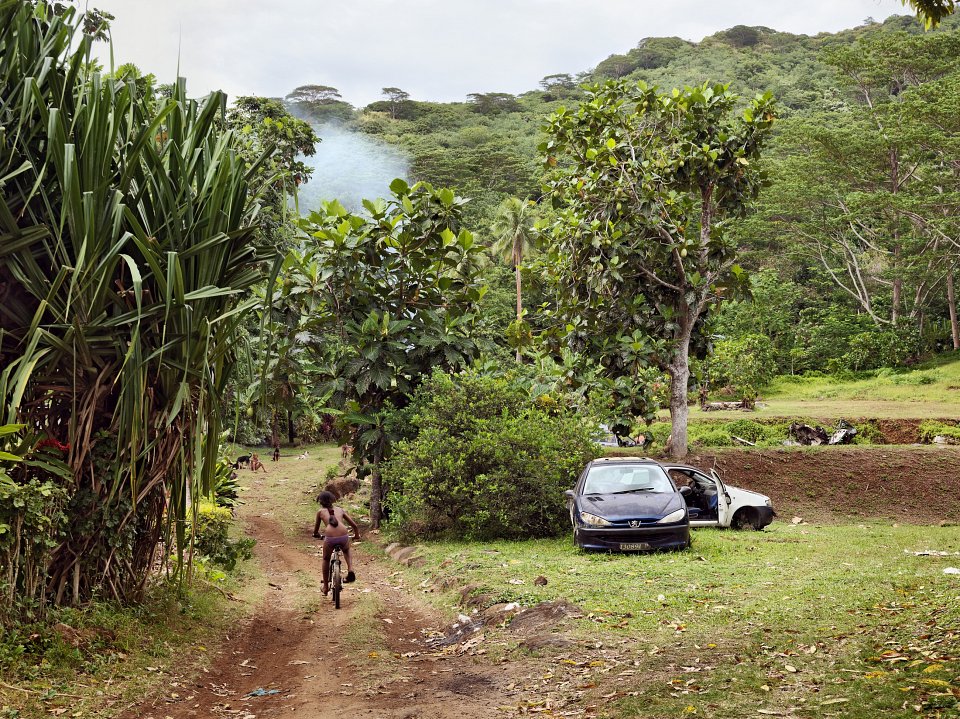 Haapiti, Moorea, 2010
Haapiti, Moorea, 2010
pigment ink on cotton paper, 108 × 144 cm
edition of 7 + 2 AP -
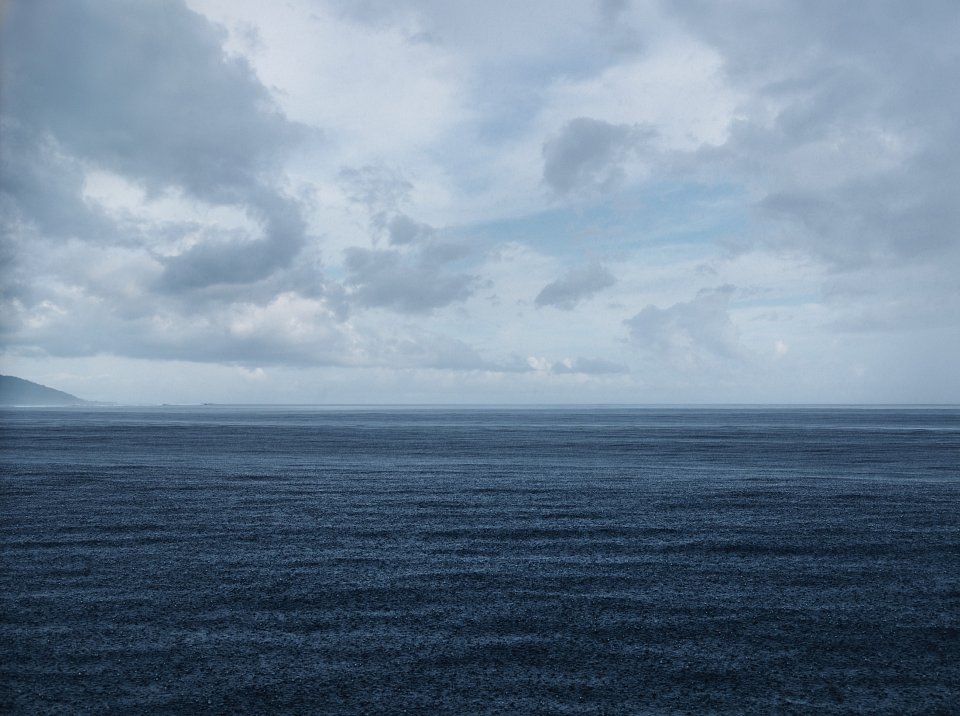 Haapiti, Moorea, 2011
Haapiti, Moorea, 2011
pigment ink on cotton paper, 108 × 144 cm
edition of 7 + 2 AP -
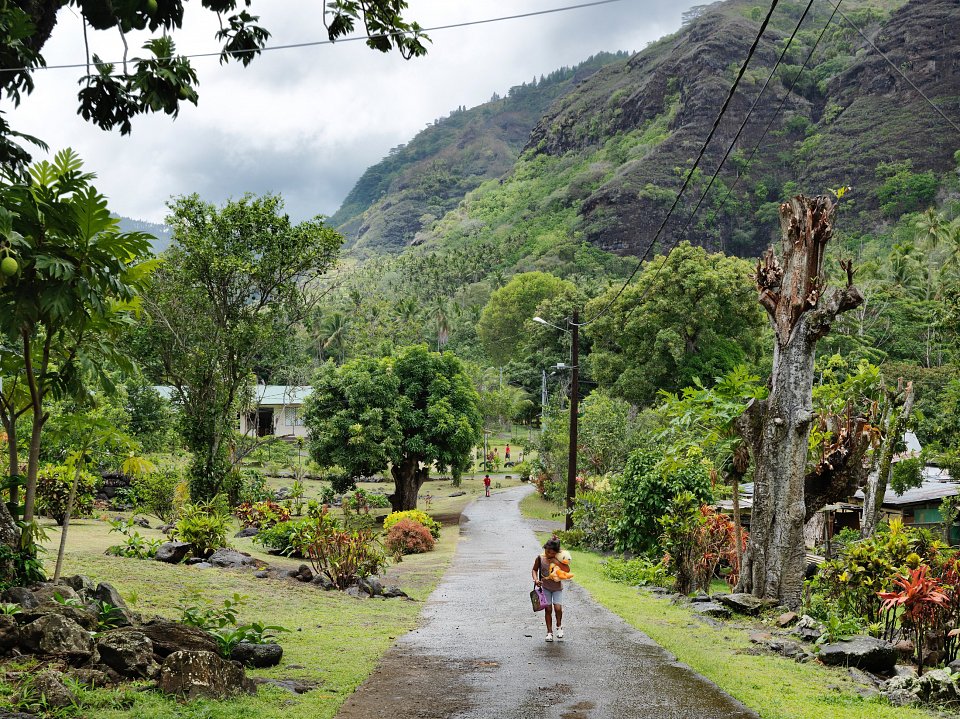 Hanaiapa, Hiva Oa, 2011
Hanaiapa, Hiva Oa, 2011
pigment ink on cotton paper, 108 × 144 cm
edition of 7 + 2 AP -
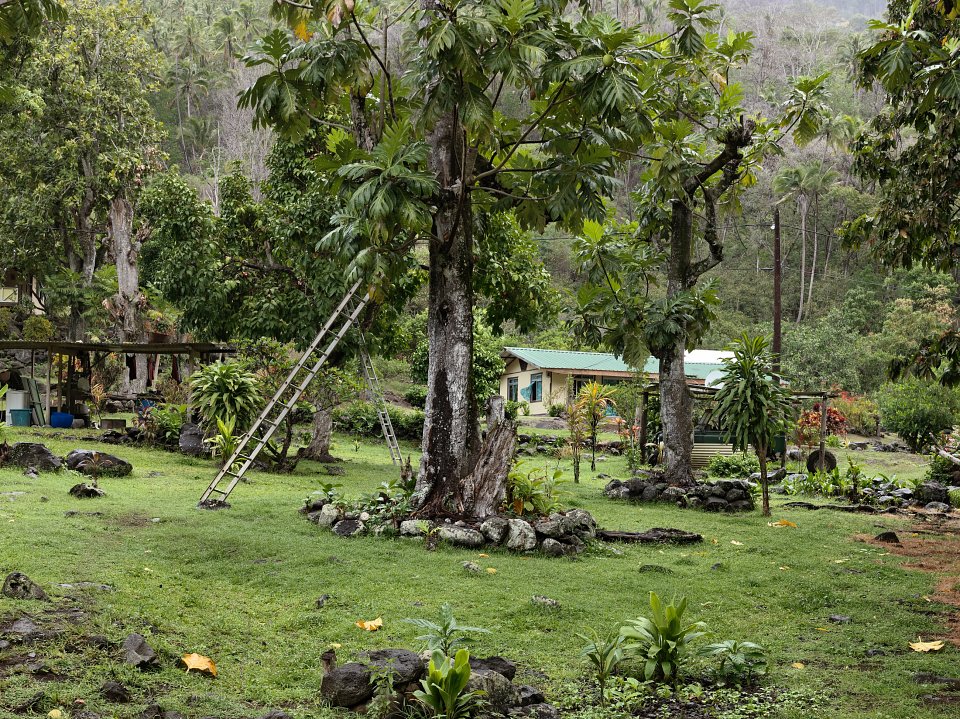 Hanaiapa, Hiva Oa, 2011
Hanaiapa, Hiva Oa, 2011
pigment ink on cotton paper, 108 × 144 cm
edition of 7 + 2 AP -
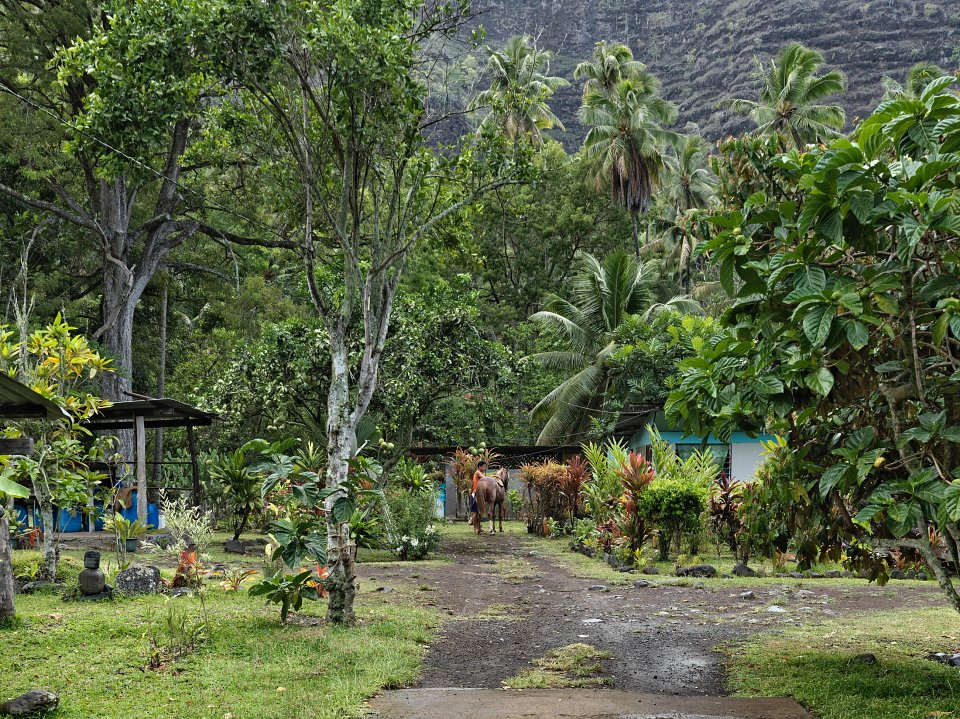 Hanaiapa, Hiva Oa, 2011
Hanaiapa, Hiva Oa, 2011
pigment ink on cotton paper, 108 × 144 cm
edition of 7 + 2 AP -
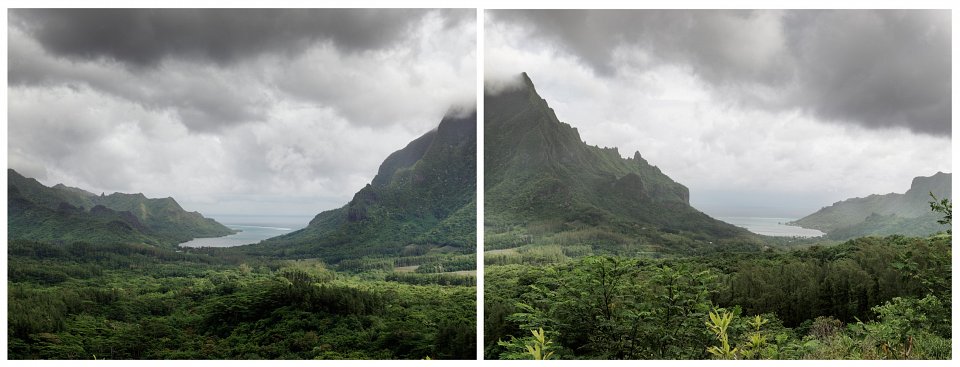 Opunohu - Rotui - Cook's Bay, 2010
Opunohu - Rotui - Cook's Bay, 2010
pigment ink on cotton paper, 2 parts: each 108 × 144 cm
edition of 7 + 2 AP -
 Hanaiapa, Hiva Oa, 2011
Hanaiapa, Hiva Oa, 2011
pigment ink on cotton paper, 108 × 144 cm
edition of 7 + 2 AP -
 Hanaiapa, Hiva Oa, 2011
Hanaiapa, Hiva Oa, 2011
pigment ink on cotton paper, 108 × 144 cm
edition of 7 + 2 AP -
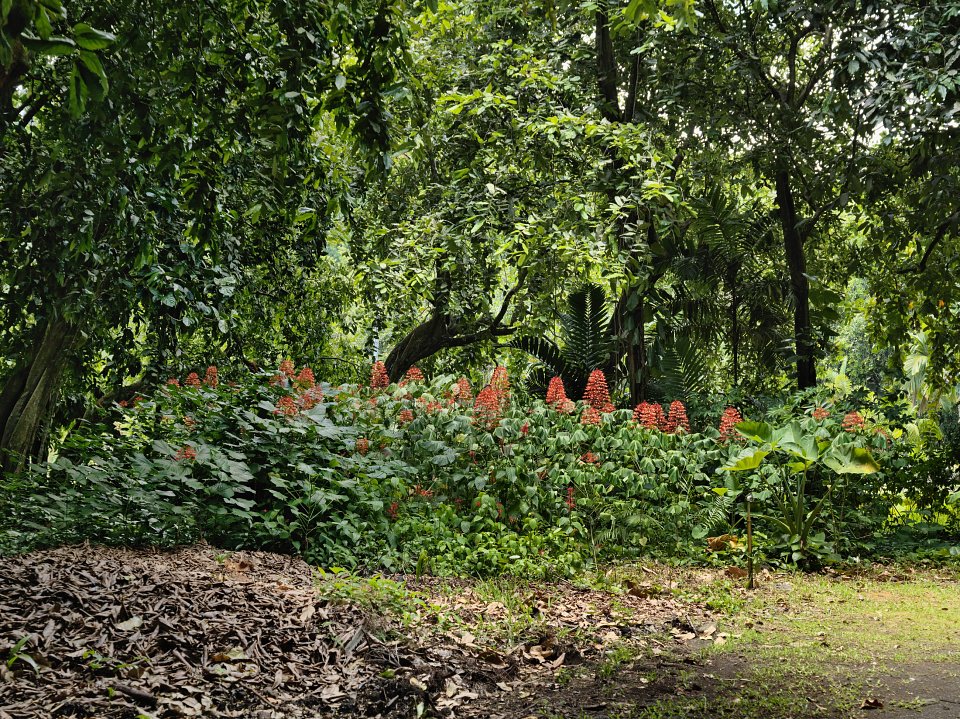 Mataiea, Tahiti, 2010
Mataiea, Tahiti, 2010
pigment ink on cotton paper, 108 × 144 cm
edition of 7 + 2 AP -
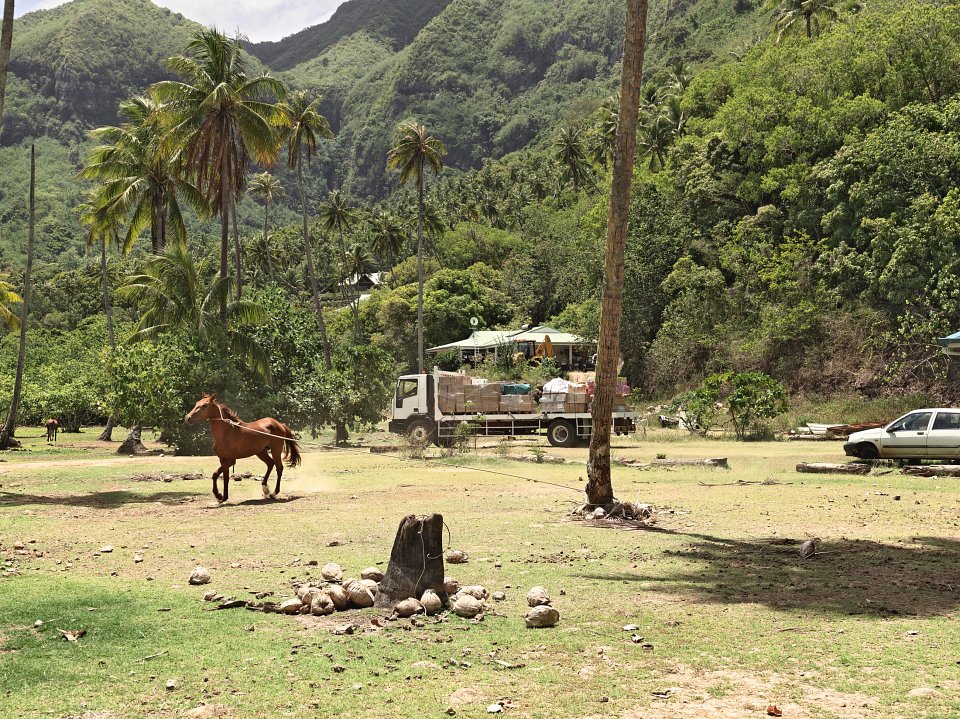 Moorea, 2010
Moorea, 2010
pigment ink on cotton paper, 108 × 144 cm
edition of 7 + 2 AP -
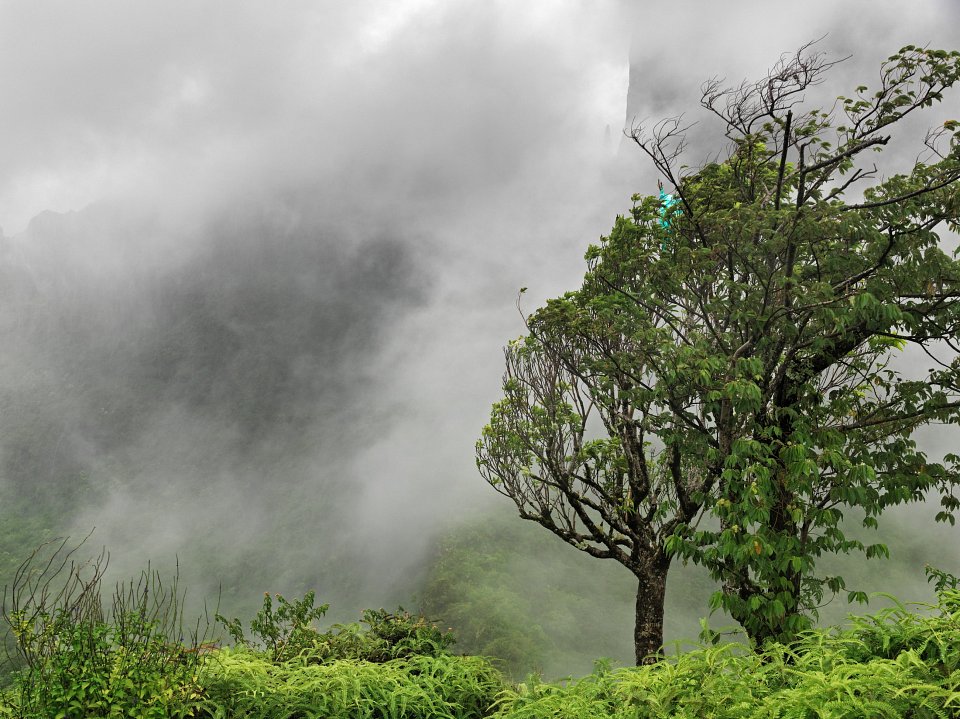 Mouaroa, Moorea, 2010
Mouaroa, Moorea, 2010
pigment ink on cotton paper, 108 × 144 cm
edition of 7 + 2 AP -
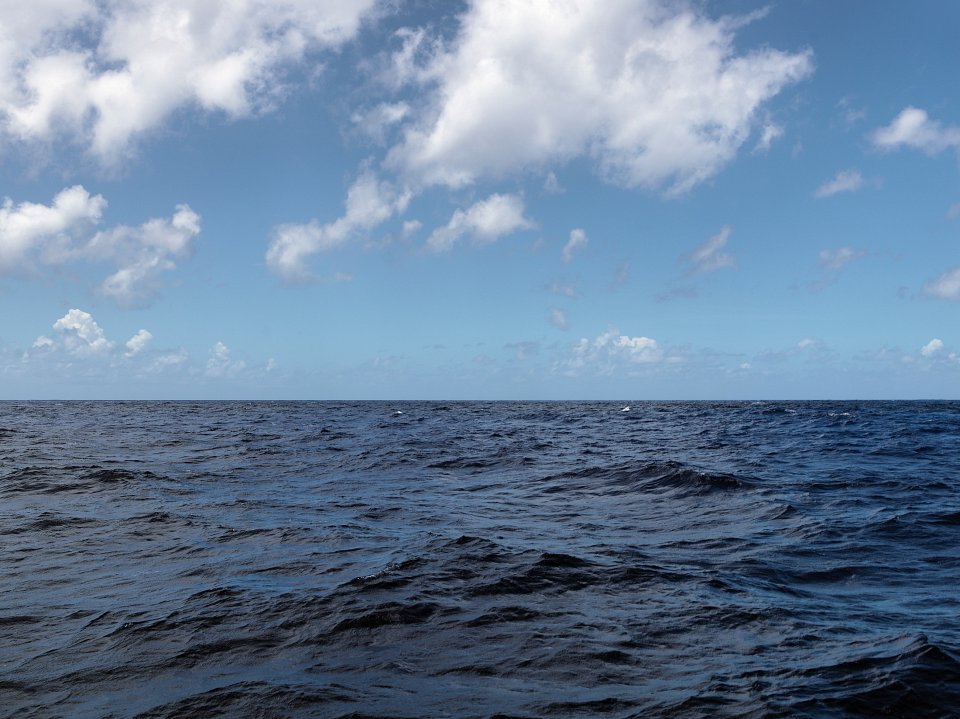 Near Huahine, 2011
Near Huahine, 2011
pigment ink on cotton paper, 108 × 144 cm
edition of 7 + 2 AP -
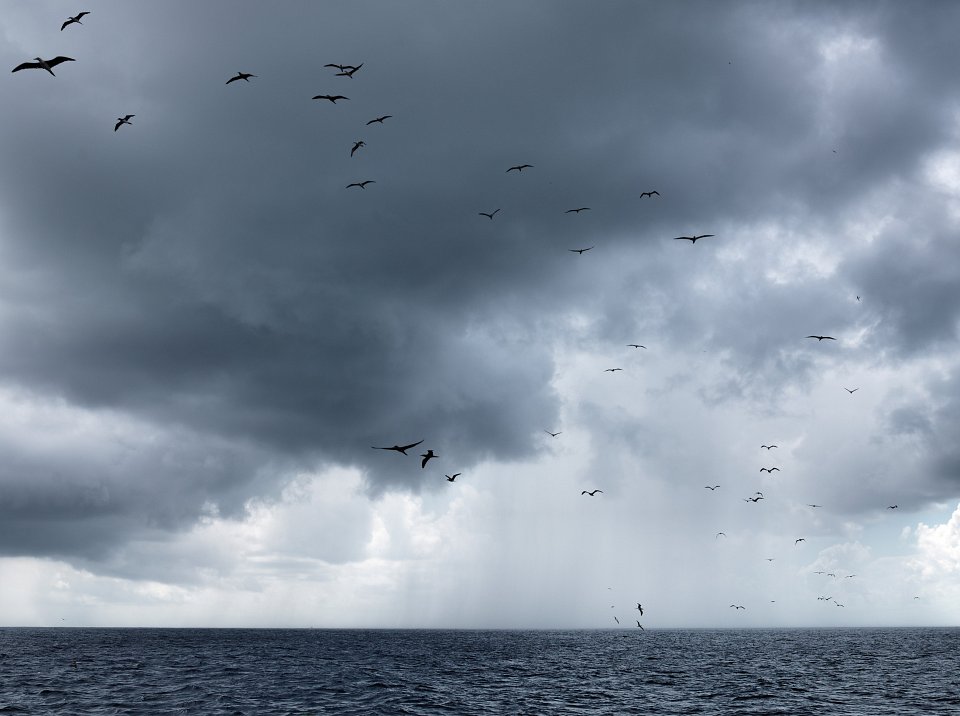 Near Tikehau, 2011
Near Tikehau, 2011
pigment ink on cotton paper, 108 × 144 cm
edition of 7 + 2 AP -
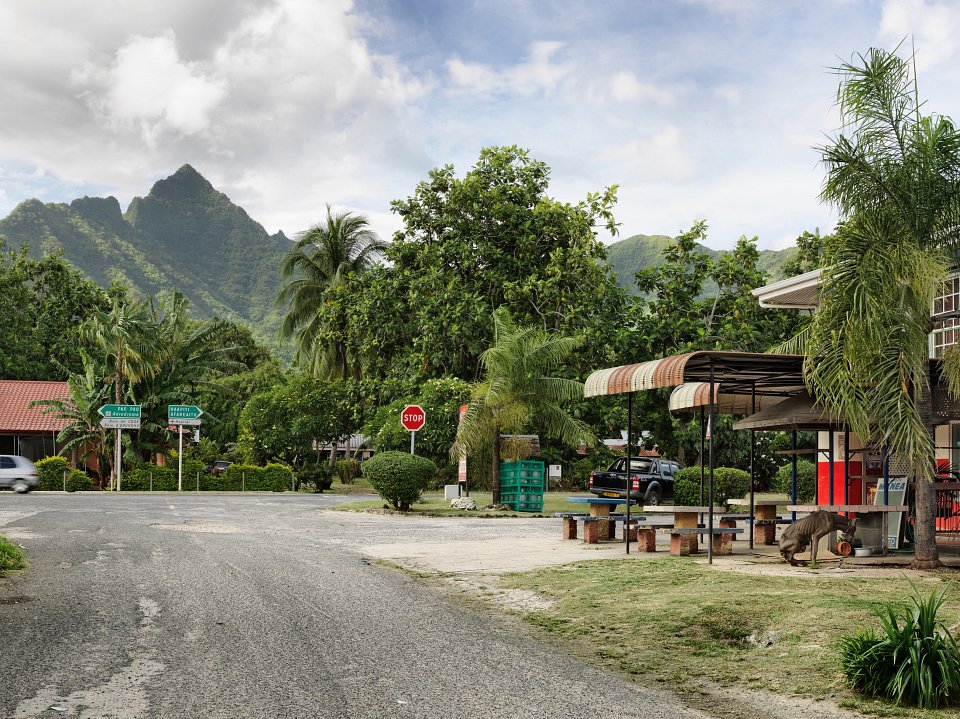 Papetoai, Moorea, 2010
Papetoai, Moorea, 2010
pigment ink on cotton paper, 108 × 144 cm
edition of 7 + 2 AP -
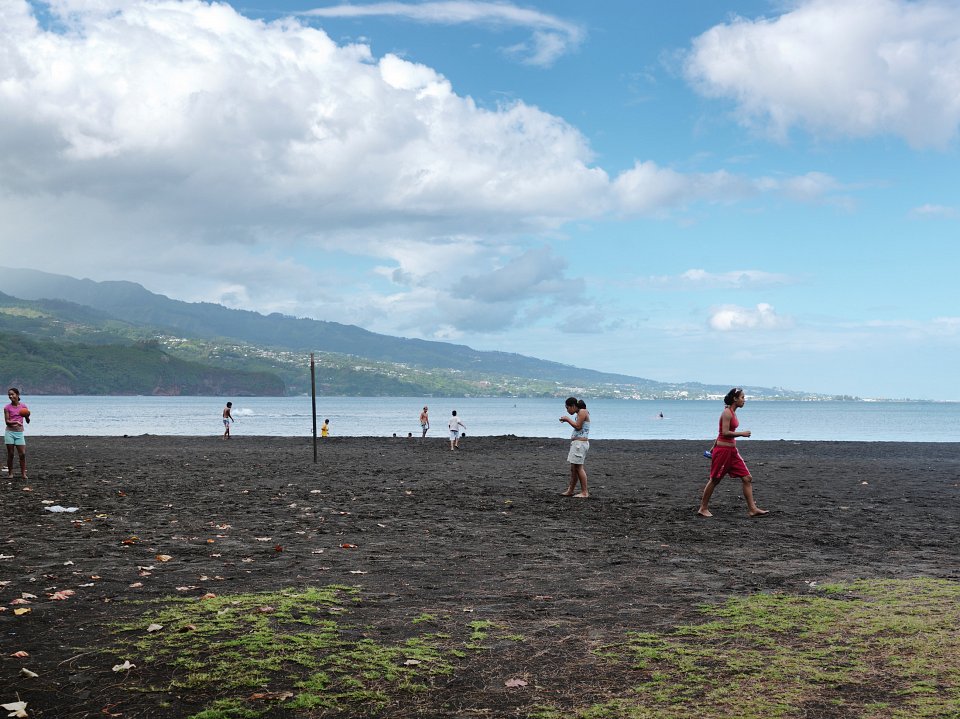 Point Venus, Tahiti, 2010
Point Venus, Tahiti, 2010
pigment ink on cotton paper, 108 × 144 cm
edition of 7 + 2 AP -
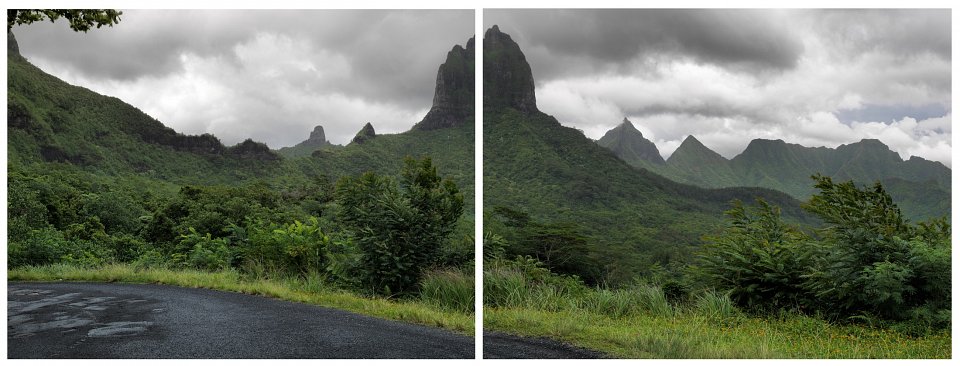 Mount Mouaroa, Moorea, 2010
Mount Mouaroa, Moorea, 2010
pigment ink on cotton paper, 2 parts: each 108 × 144 cm
edition of 7 + 2 AP -
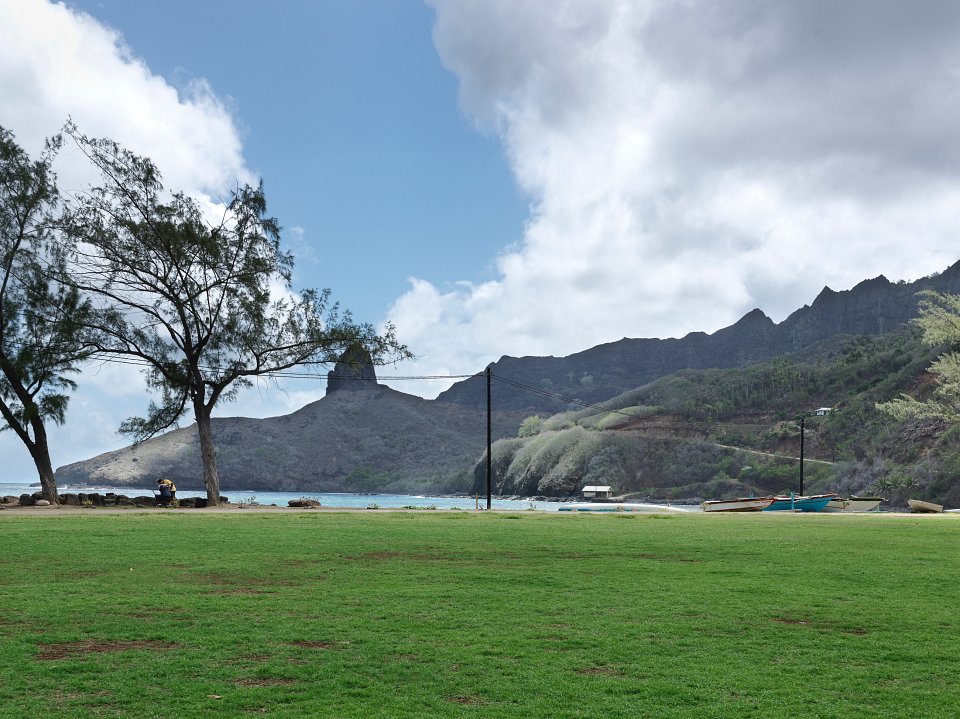 Puama'u, Hiva Oa, 2011
Puama'u, Hiva Oa, 2011
pigment ink on cotton paper, 108 × 144 cm
edition of 7 + 2 AP -
 Raiatea, 2011
Raiatea, 2011
pigment ink on cotton paper, 108 × 144 cm
edition of 7 + 2 AP -
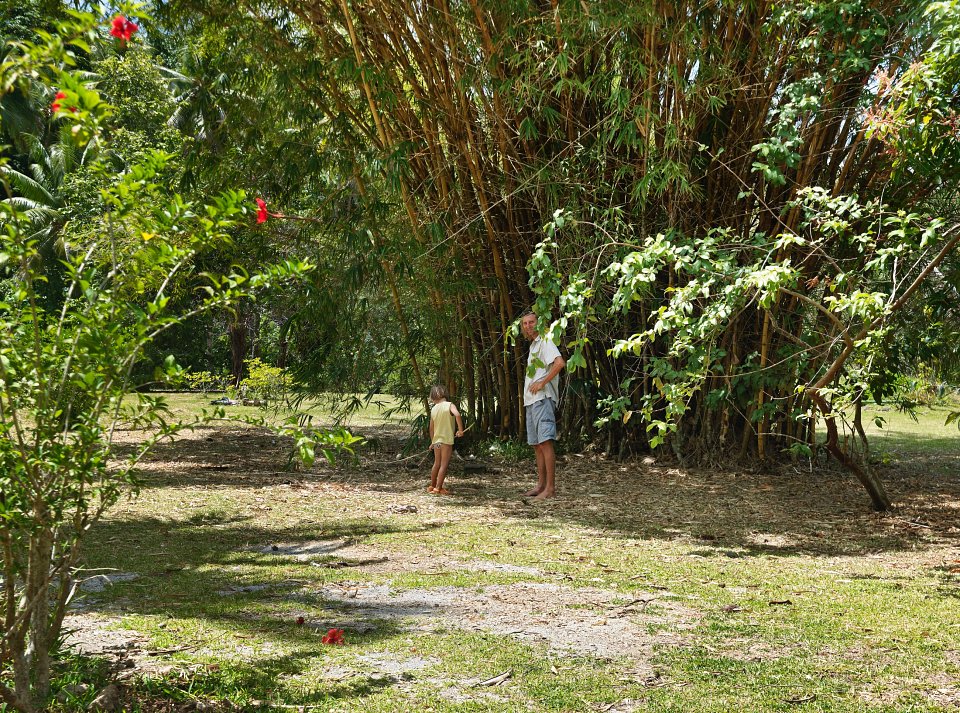 Tahaa, 2011
Tahaa, 2011
pigment ink on cotton paper, 108 × 144 cm
edition of 7 + 2 AP -
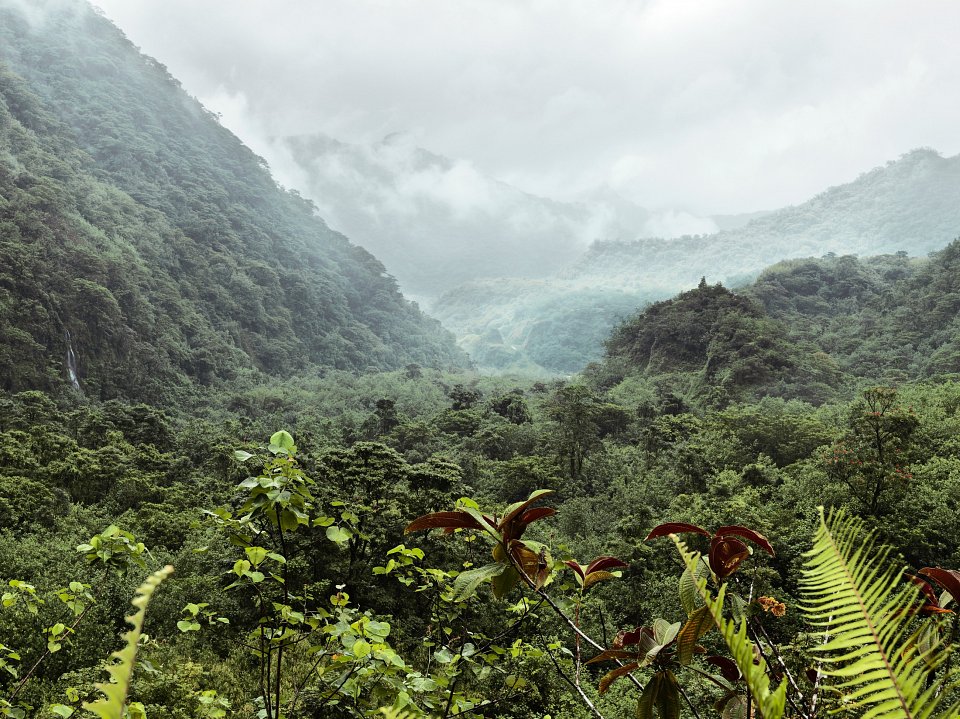 Tahiti, 2010
Tahiti, 2010
pigment ink on cotton paper, 108 × 144 cm
edition of 7 + 2 AP -
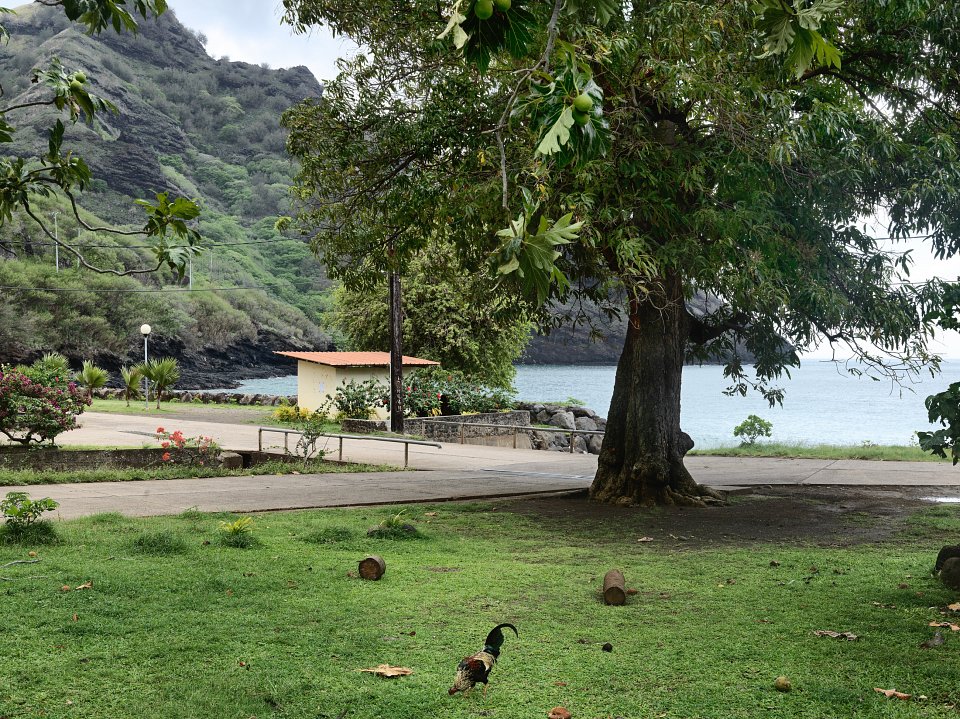 Tahuata, 2011
Tahuata, 2011
pigment ink on cotton paper, 108 × 144 cm
edition of 7 + 2 AP -
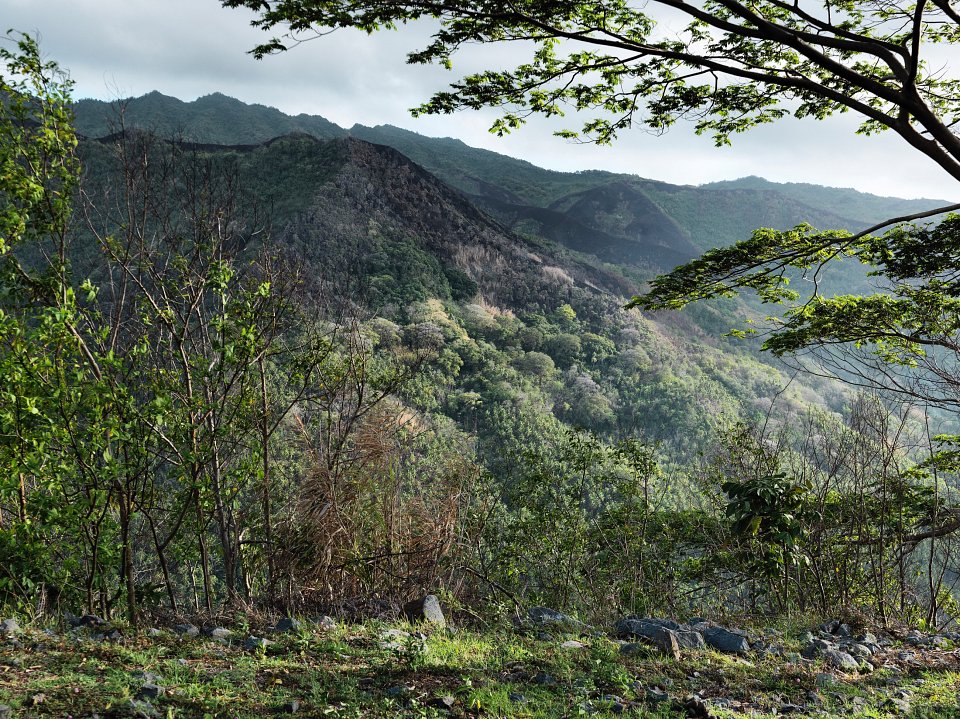 Taipvai, Nuku Hiva, 2011
Taipvai, Nuku Hiva, 2011
pigment ink on cotton paper, 108 × 144 cm
edition of 7 + 2 AP -
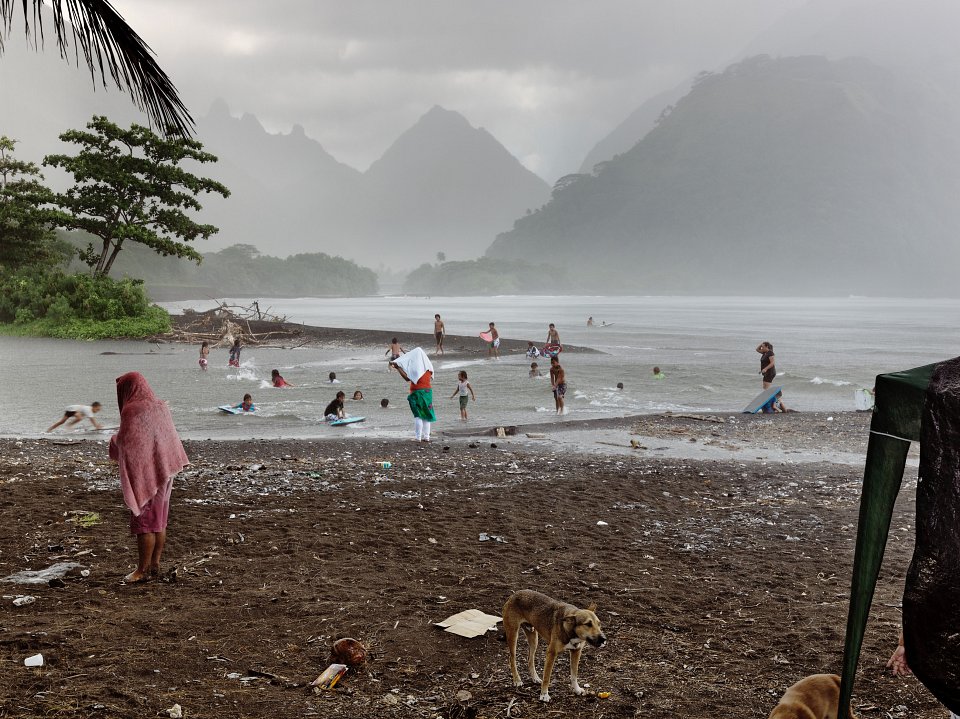 Tautira, Tahiti, 2010
Tautira, Tahiti, 2010
pigment ink on cotton paper, 108 × 144 cm
edition of 7 + 2 AP -
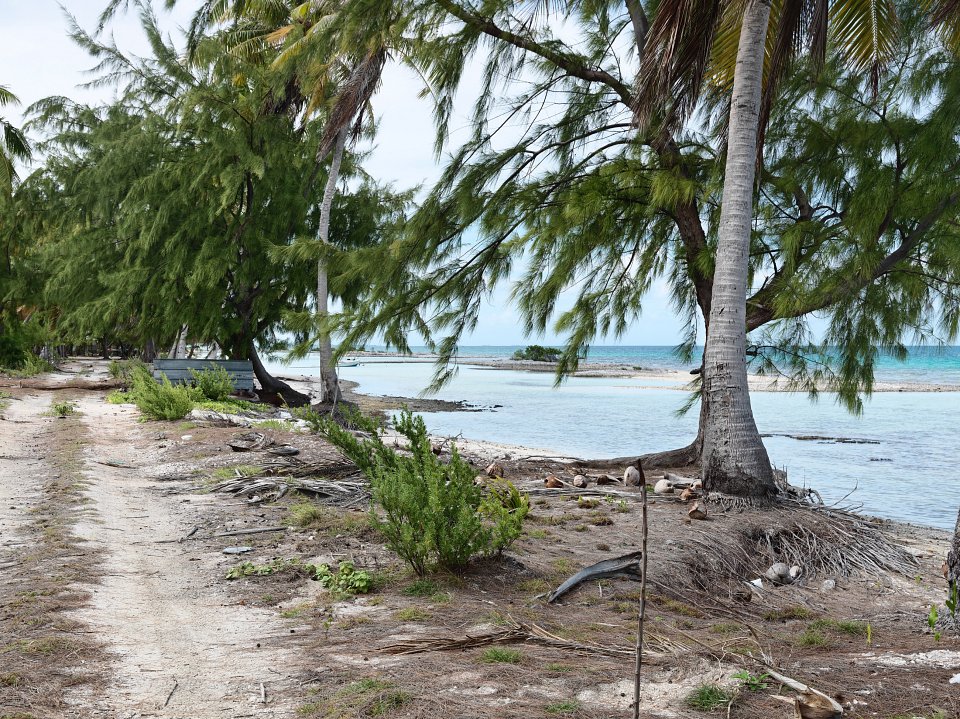 Tikehau Atoll, Tuamotus, 2011
Tikehau Atoll, Tuamotus, 2011
pigment ink on cotton paper, 108 × 144 cm
edition of 7 + 2 AP -
 Higienópolis, 2011
Higienópolis, 2011
pigment ink on cotton paper, 108 × 144 cm
edition of 7 + 2 AP -
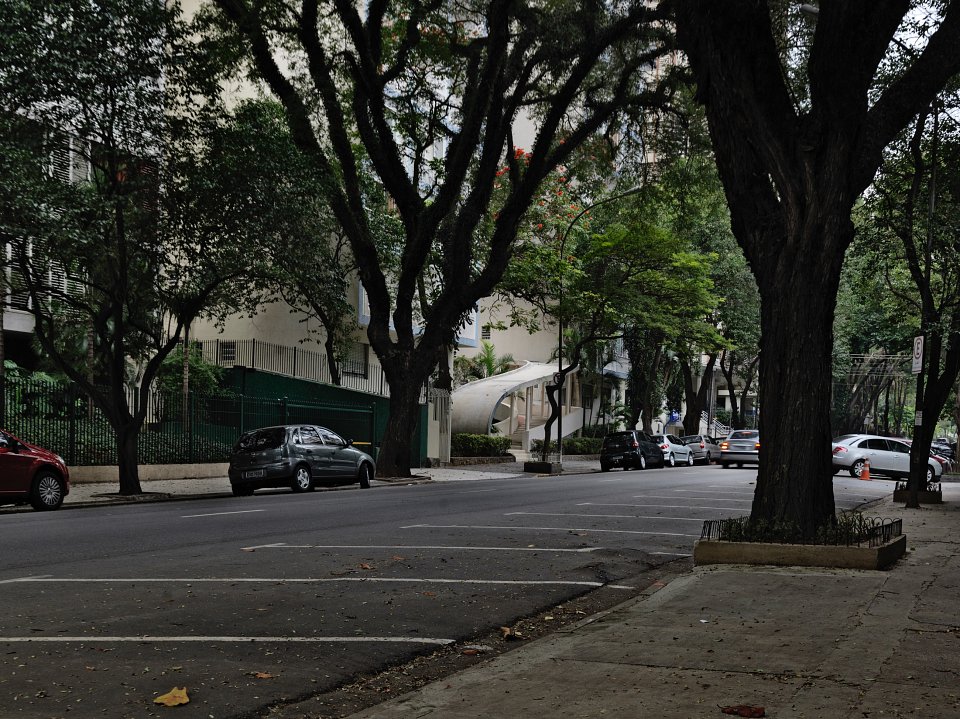 Higienópolis, 2011
Higienópolis, 2011
pigment ink on cotton paper, 108 × 144 cm
edition of 7 + 2 AP -
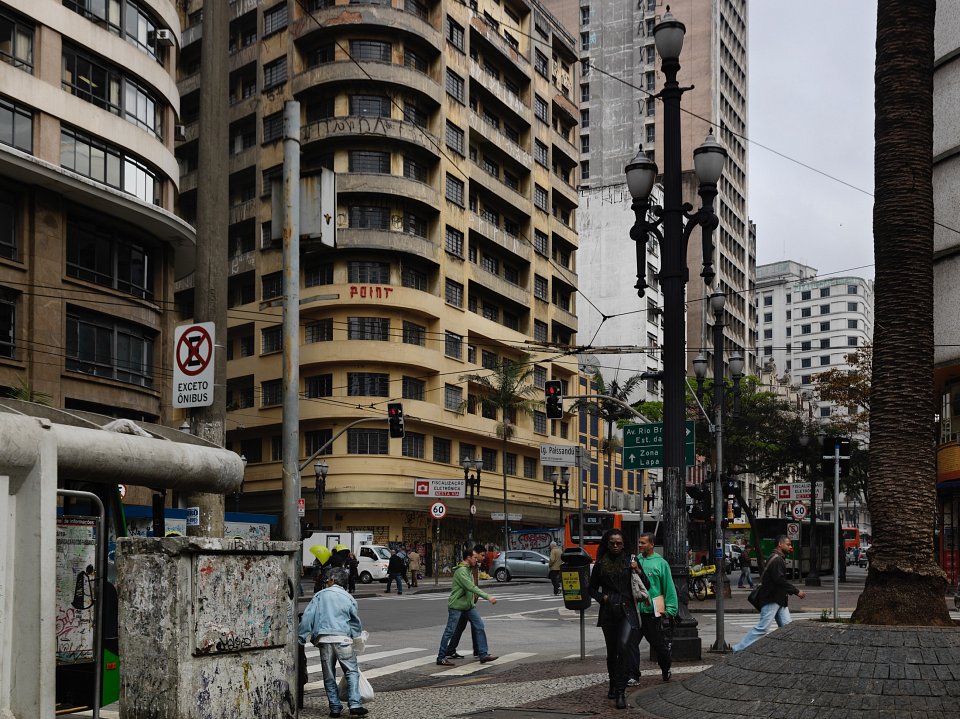 Largo do Paissandú, 2011
Largo do Paissandú, 2011
pigment ink on cotton paper, 108 × 144 cm
edition of 7 + 2 AP -
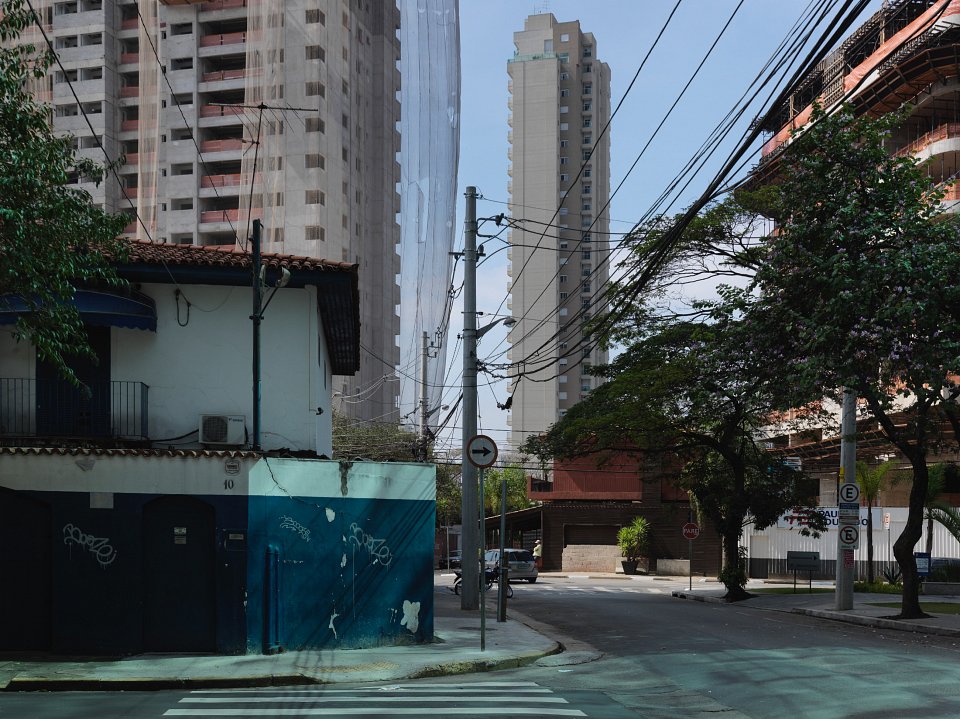 Morumbi, 2011
Morumbi, 2011
pigment ink on cotton paper, 108 × 144 cm
edition of 7 + 2 AP -
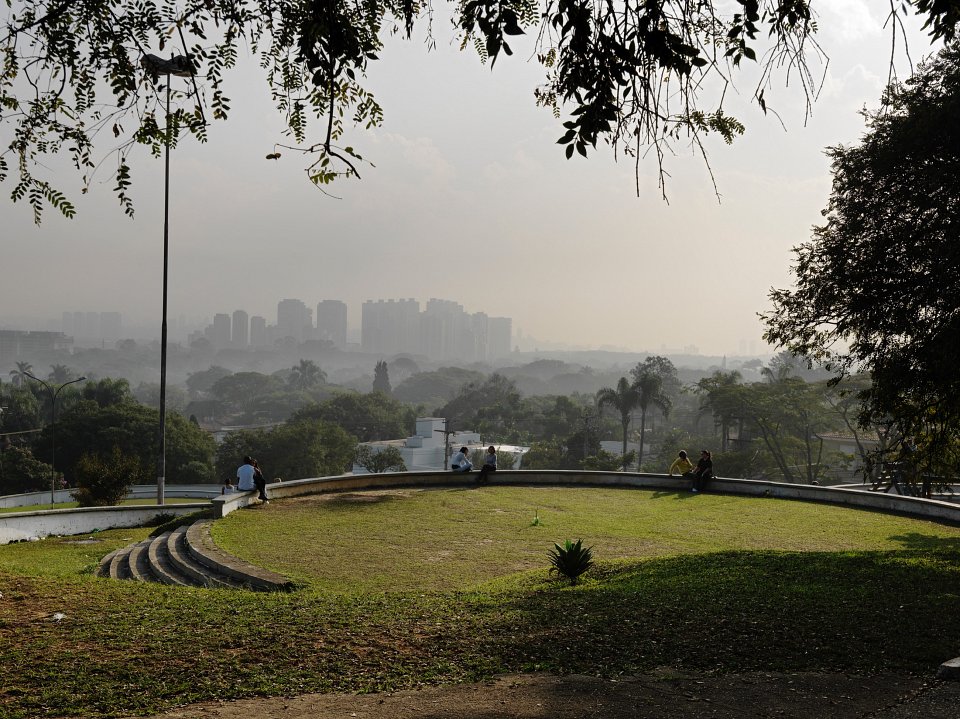 Praça Coronel Custódio Fernandes Pinheiros, 2011
Praça Coronel Custódio Fernandes Pinheiros, 2011
pigment ink on cotton paper, 108 × 144 cm
edition of 7 + 2 AP -
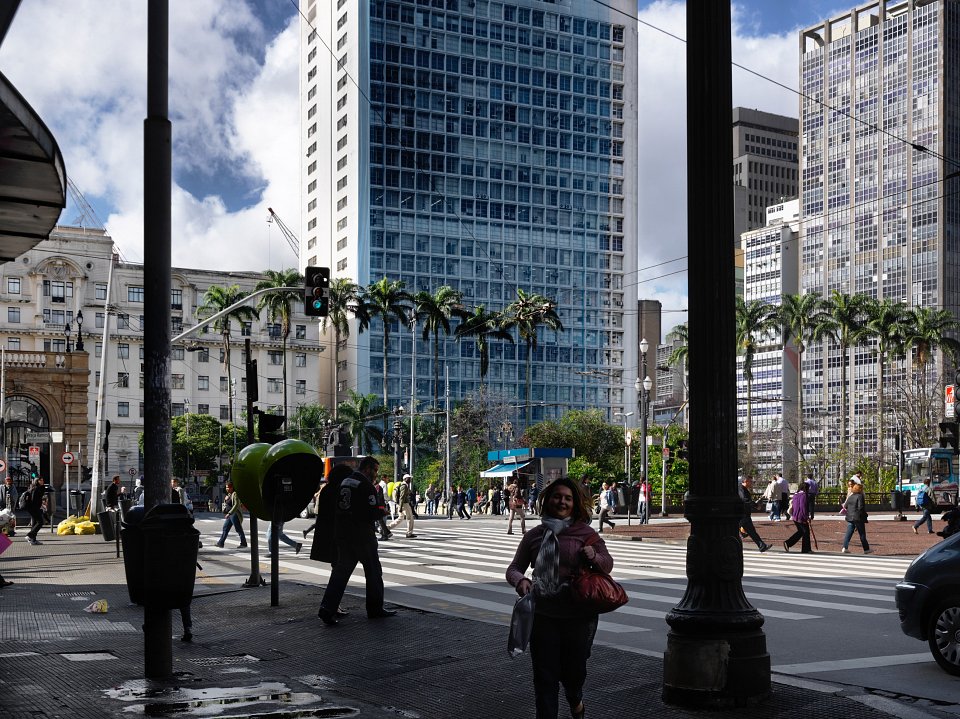 Praça Ramos, 2011
Praça Ramos, 2011
pigment ink on cotton paper, 108 × 144 cm
edition of 7 + 2 AP -
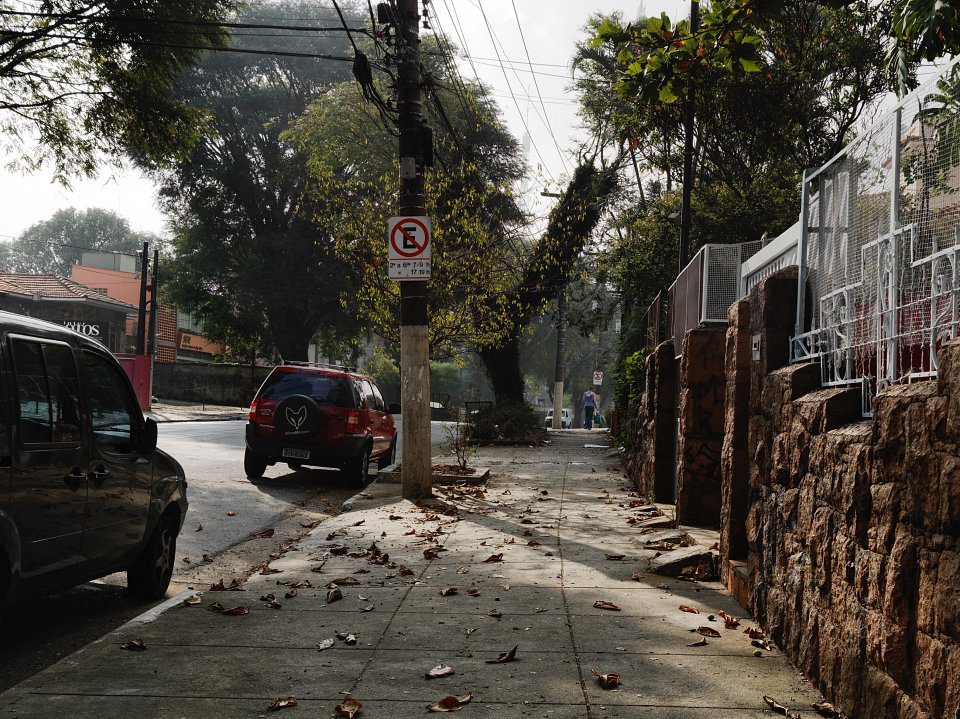 Rua Alberto Faria, 2011
Rua Alberto Faria, 2011
pigment ink on cotton paper, 108 × 144 cm
edition of 7 + 2 AP -
 Rua Bela Cintra, 2011
Rua Bela Cintra, 2011
pigment ink on cotton paper, 108 × 144 cm
edition of 7 + 2 AP -
 Rua da Consolação, 2011
Rua da Consolação, 2011
pigment ink on cotton paper, 108 × 144 cm
edition of 7 + 2 AP -
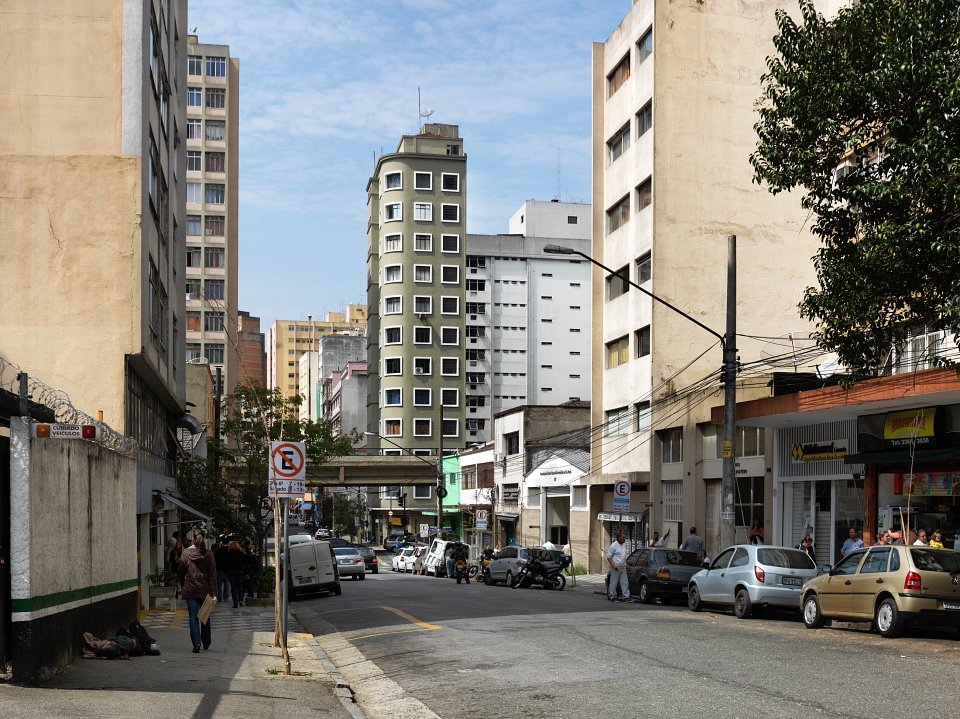 Rua Major Sertório, 2011
Rua Major Sertório, 2011
pigment ink on cotton paper, 108 × 144 cm
edition of 7 + 2 AP -
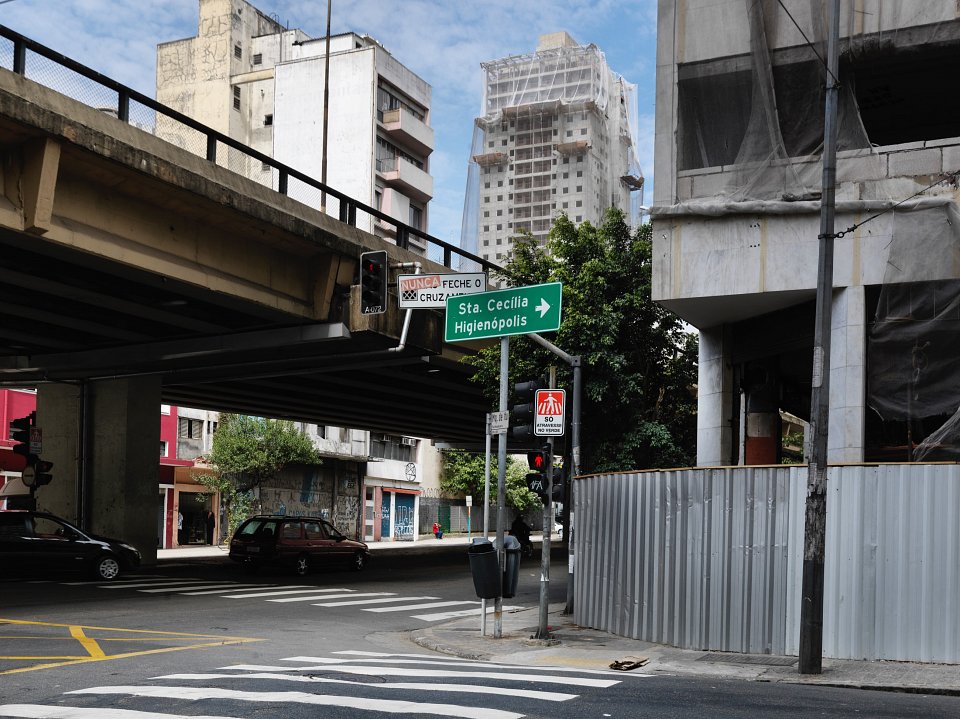 Rua Marquês de Itu, 2011
Rua Marquês de Itu, 2011
pigment ink on cotton paper, 108 × 144 cm
edition of 7 + 2 AP -
 Rua Sete de Abril, 2011
Rua Sete de Abril, 2011
pigment ink on cotton paper, 108 × 144 cm
edition of 7 + 2 AP -
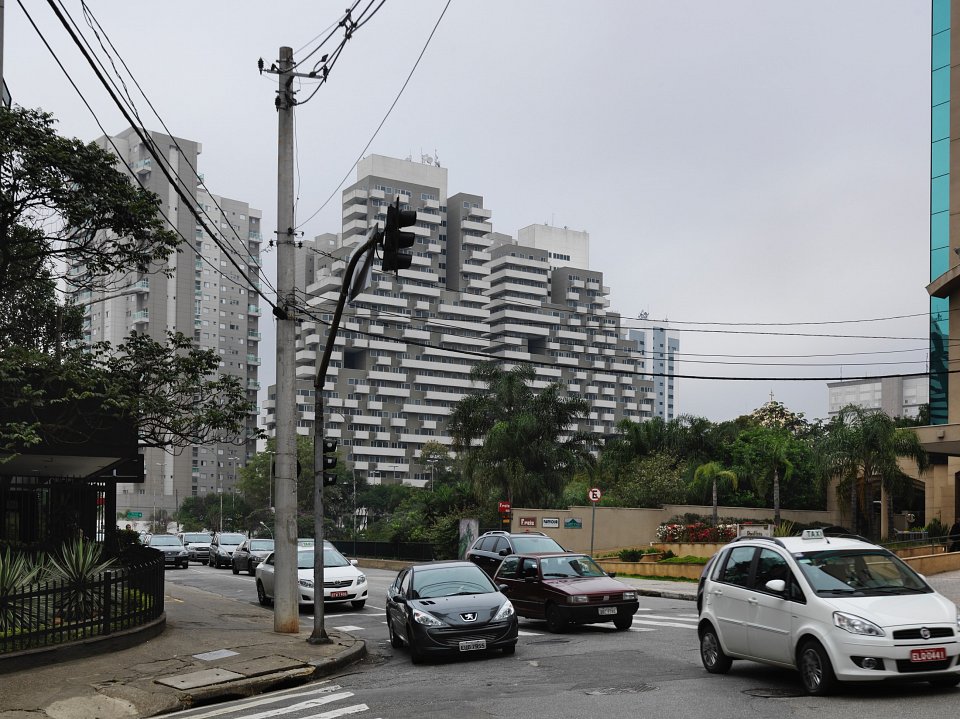 Rua Vergueiro, 2011
Rua Vergueiro, 2011
pigment ink on cotton paper, 108 × 144 cm
edition of 7 + 2 AP -
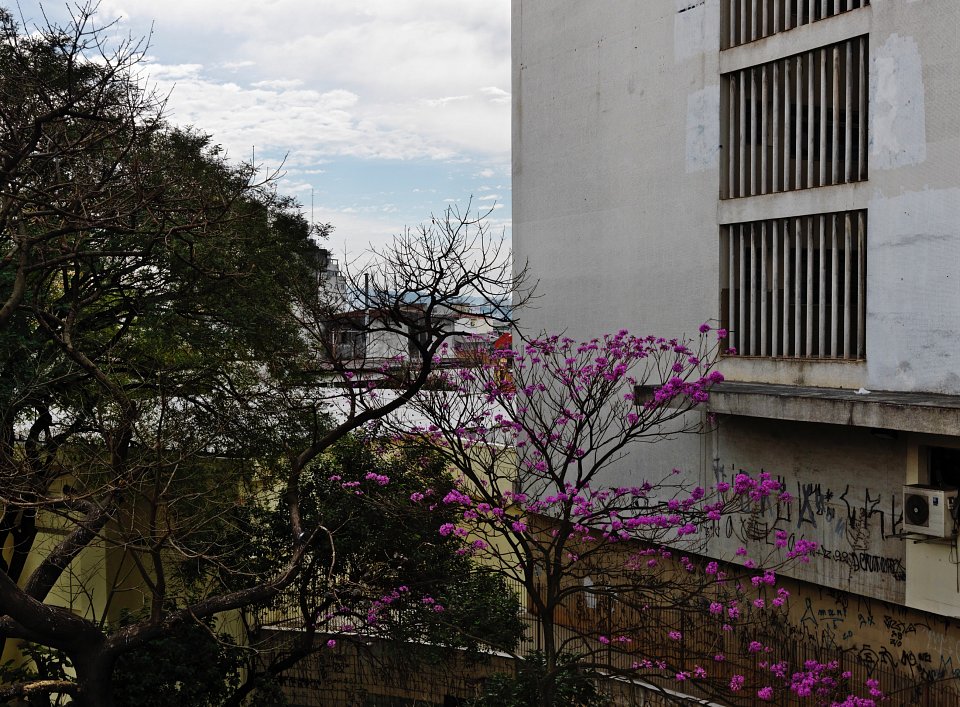 Via Elevada Presidente Artur da Costa e Silva, 2011
Via Elevada Presidente Artur da Costa e Silva, 2011
pigment ink on cotton paper, 108 × 144 cm
edition of 7 + 2 AP -
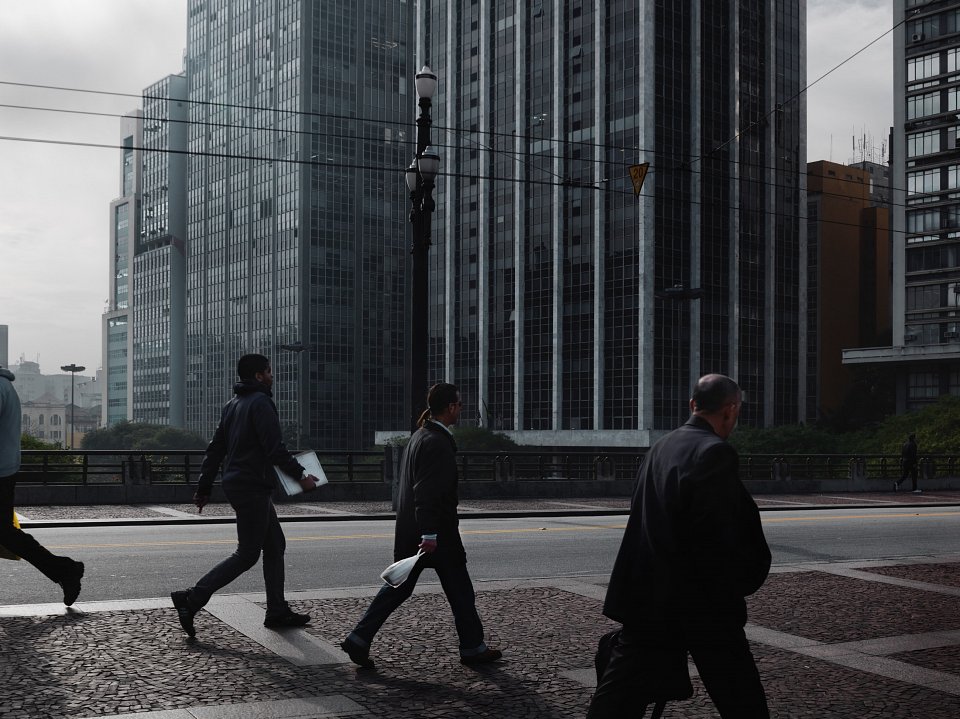 Viaduto do Chá, 2011
Viaduto do Chá, 2011
pigment ink on cotton paper, 108 × 144 cm
edition of 7 + 2 AP -
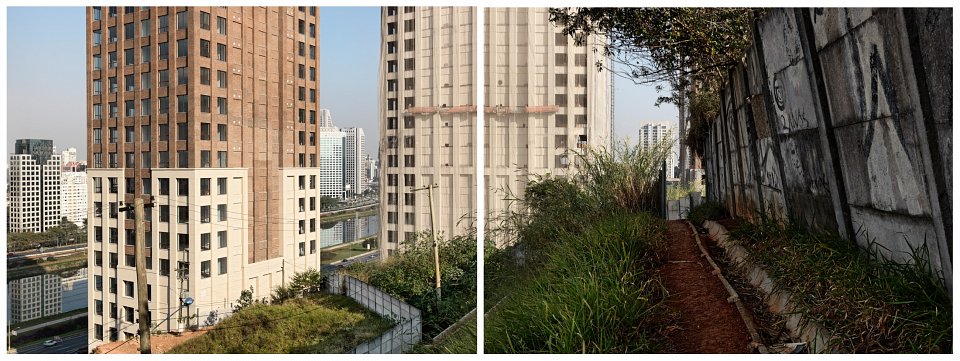 Avenida das Nações Unidas, 2011
Avenida das Nações Unidas, 2011
pigment ink on cotton paper, 2 parts: each 108 × 144 cm
edition of 7 + 2 AP
-
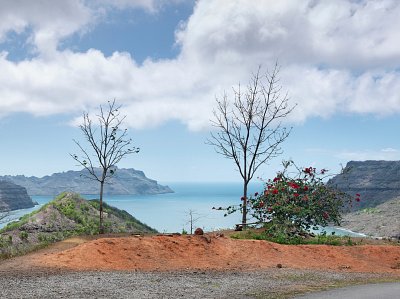 Comptroller Bay, Nuku Hiva, 2011Comptroller Bay, Nuku Hiva, 2011
Comptroller Bay, Nuku Hiva, 2011Comptroller Bay, Nuku Hiva, 2011
pigment ink on cotton paper, 108 × 144 cm
edition of 7 + 2 AP -
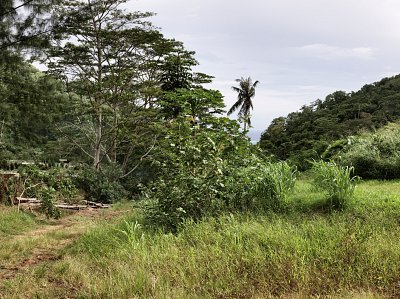 Haapiti, Moorea, 2010Haapiti, Moorea, 2010
Haapiti, Moorea, 2010Haapiti, Moorea, 2010
pigment ink on cotton paper, 108 × 144 cm
edition of 7 + 2 AP -
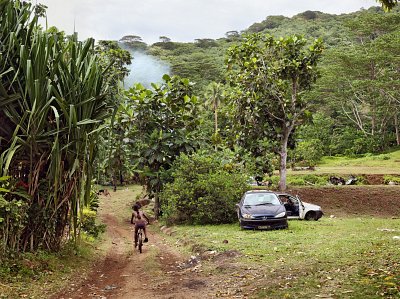 Haapiti, Moorea, 2010Haapiti, Moorea, 2010
Haapiti, Moorea, 2010Haapiti, Moorea, 2010
pigment ink on cotton paper, 108 × 144 cm
edition of 7 + 2 AP -
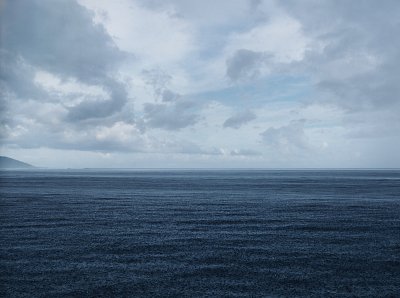 Haapiti, Moorea, 2011Haapiti, Moorea, 2011
Haapiti, Moorea, 2011Haapiti, Moorea, 2011
pigment ink on cotton paper, 108 × 144 cm
edition of 7 + 2 AP -
 Hanaiapa, Hiva Oa, 2011Hanaiapa, Hiva Oa, 2011
Hanaiapa, Hiva Oa, 2011Hanaiapa, Hiva Oa, 2011
pigment ink on cotton paper, 108 × 144 cm
edition of 7 + 2 AP -
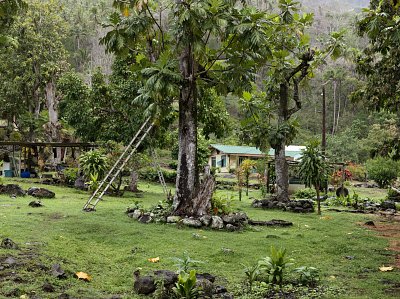 Hanaiapa, Hiva Oa, 2011Hanaiapa, Hiva Oa, 2011
Hanaiapa, Hiva Oa, 2011Hanaiapa, Hiva Oa, 2011
pigment ink on cotton paper, 108 × 144 cm
edition of 7 + 2 AP -
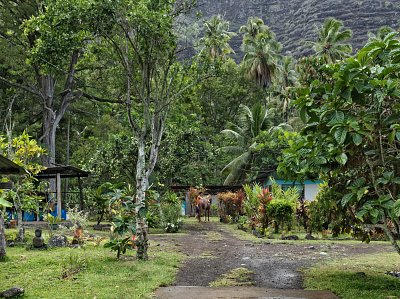 Hanaiapa, Hiva Oa, 2011Hanaiapa, Hiva Oa, 2011
Hanaiapa, Hiva Oa, 2011Hanaiapa, Hiva Oa, 2011
pigment ink on cotton paper, 108 × 144 cm
edition of 7 + 2 AP -
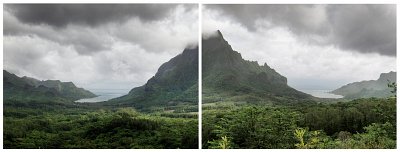 Opunohu - Rotui - Cook's Bay, 2010Opunohu - Rotui - Cook's Bay, 2010
Opunohu - Rotui - Cook's Bay, 2010Opunohu - Rotui - Cook's Bay, 2010
pigment ink on cotton paper, 2 parts: each 108 × 144 cm
edition of 7 + 2 AP -
 Hanaiapa, Hiva Oa, 2011Hanaiapa, Hiva Oa, 2011
Hanaiapa, Hiva Oa, 2011Hanaiapa, Hiva Oa, 2011
pigment ink on cotton paper, 108 × 144 cm
edition of 7 + 2 AP -
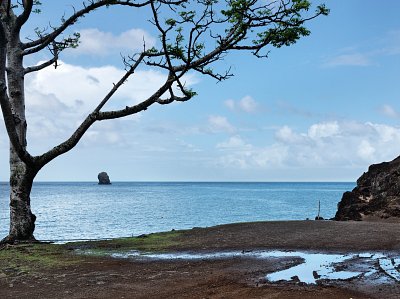 Hanaiapa, Hiva Oa, 2011Hanaiapa, Hiva Oa, 2011
Hanaiapa, Hiva Oa, 2011Hanaiapa, Hiva Oa, 2011
pigment ink on cotton paper, 108 × 144 cm
edition of 7 + 2 AP -
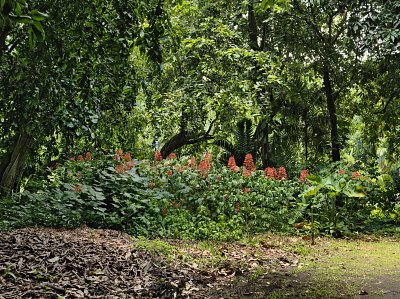 Mataiea, Tahiti, 2010Mataiea, Tahiti, 2010
Mataiea, Tahiti, 2010Mataiea, Tahiti, 2010
pigment ink on cotton paper, 108 × 144 cm
edition of 7 + 2 AP -
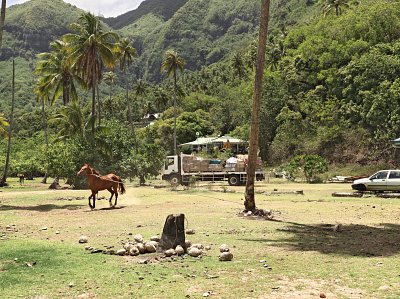 Moorea, 2010Moorea, 2010
Moorea, 2010Moorea, 2010
pigment ink on cotton paper, 108 × 144 cm
edition of 7 + 2 AP -
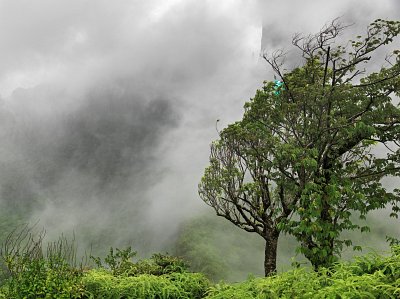 Mouaroa, Moorea, 2010Mouaroa, Moorea, 2010
Mouaroa, Moorea, 2010Mouaroa, Moorea, 2010
pigment ink on cotton paper, 108 × 144 cm
edition of 7 + 2 AP -
 Near Huahine, 2011Near Huahine, 2011
Near Huahine, 2011Near Huahine, 2011
pigment ink on cotton paper, 108 × 144 cm
edition of 7 + 2 AP -
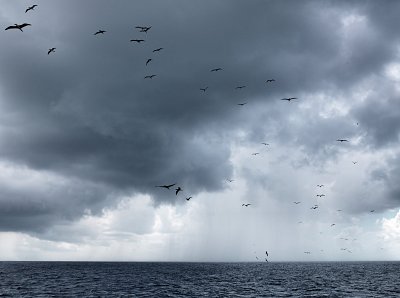 Near Tikehau, 2011Near Tikehau, 2011
Near Tikehau, 2011Near Tikehau, 2011
pigment ink on cotton paper, 108 × 144 cm
edition of 7 + 2 AP -
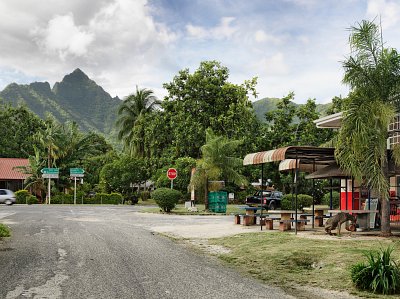 Papetoai, Moorea, 2010Papetoai, Moorea, 2010
Papetoai, Moorea, 2010Papetoai, Moorea, 2010
pigment ink on cotton paper, 108 × 144 cm
edition of 7 + 2 AP -
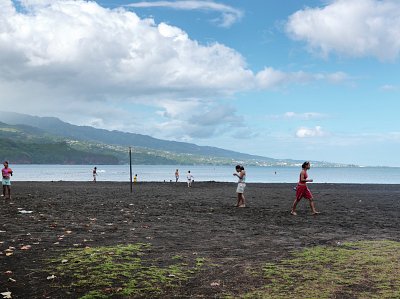 Point Venus, Tahiti, 2010Point Venus, Tahiti, 2010
Point Venus, Tahiti, 2010Point Venus, Tahiti, 2010
pigment ink on cotton paper, 108 × 144 cm
edition of 7 + 2 AP -
 Mount Mouaroa, Moorea, 2010Mount Mouaroa, Moorea, 2010
Mount Mouaroa, Moorea, 2010Mount Mouaroa, Moorea, 2010
pigment ink on cotton paper, 2 parts: each 108 × 144 cm
edition of 7 + 2 AP -
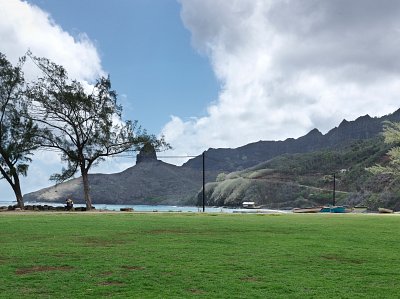 Puama'u, Hiva Oa, 2011Puama'u, Hiva Oa, 2011
Puama'u, Hiva Oa, 2011Puama'u, Hiva Oa, 2011
pigment ink on cotton paper, 108 × 144 cm
edition of 7 + 2 AP -
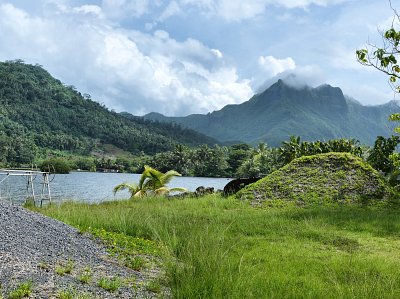 Raiatea, 2011Raiatea, 2011
Raiatea, 2011Raiatea, 2011
pigment ink on cotton paper, 108 × 144 cm
edition of 7 + 2 AP -
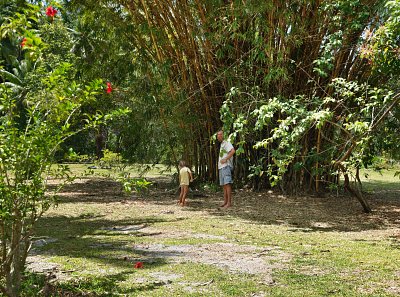 Tahaa, 2011Tahaa, 2011
Tahaa, 2011Tahaa, 2011
pigment ink on cotton paper, 108 × 144 cm
edition of 7 + 2 AP -
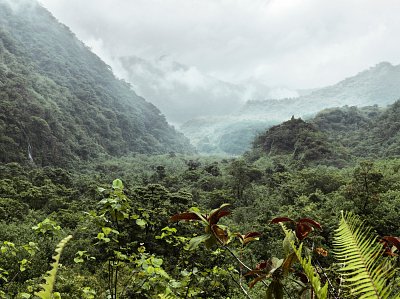 Tahiti, 2010Tahiti, 2010
Tahiti, 2010Tahiti, 2010
pigment ink on cotton paper, 108 × 144 cm
edition of 7 + 2 AP -
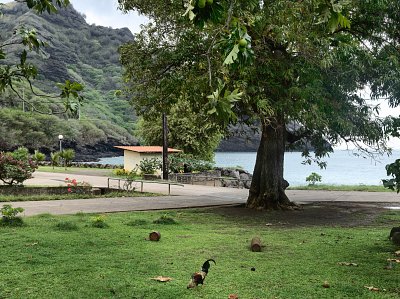 Tahuata, 2011Tahuata, 2011
Tahuata, 2011Tahuata, 2011
pigment ink on cotton paper, 108 × 144 cm
edition of 7 + 2 AP -
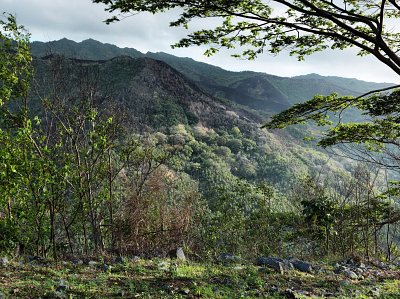 Taipvai, Nuku Hiva, 2011Taipvai, Nuku Hiva, 2011
Taipvai, Nuku Hiva, 2011Taipvai, Nuku Hiva, 2011
pigment ink on cotton paper, 108 × 144 cm
edition of 7 + 2 AP -
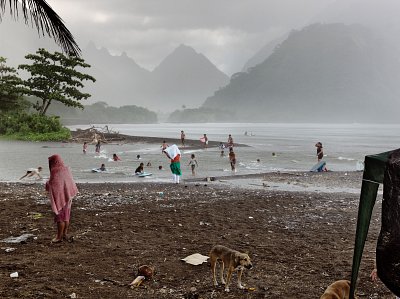 Tautira, Tahiti, 2010Tautira, Tahiti, 2010
Tautira, Tahiti, 2010Tautira, Tahiti, 2010
pigment ink on cotton paper, 108 × 144 cm
edition of 7 + 2 AP -
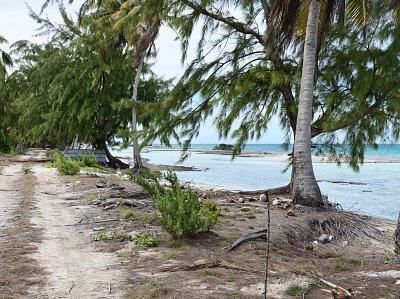 Tikehau Atoll, Tuamotus, 2011Tikehau Atoll, Tuamotus, 2011
Tikehau Atoll, Tuamotus, 2011Tikehau Atoll, Tuamotus, 2011
pigment ink on cotton paper, 108 × 144 cm
edition of 7 + 2 AP -
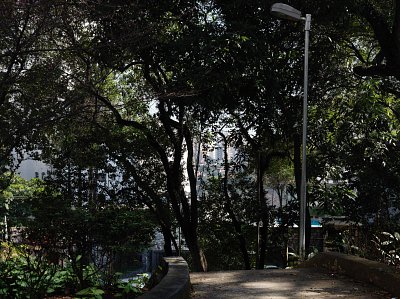 Higienópolis, 2011Higienópolis, 2011
Higienópolis, 2011Higienópolis, 2011
pigment ink on cotton paper, 108 × 144 cm
edition of 7 + 2 AP -
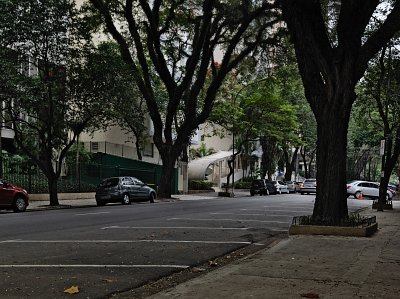 Higienópolis, 2011Higienópolis, 2011
Higienópolis, 2011Higienópolis, 2011
pigment ink on cotton paper, 108 × 144 cm
edition of 7 + 2 AP -
 Largo do Paissandú, 2011Largo do Paissandú, 2011
Largo do Paissandú, 2011Largo do Paissandú, 2011
pigment ink on cotton paper, 108 × 144 cm
edition of 7 + 2 AP -
 Morumbi, 2011Morumbi, 2011
Morumbi, 2011Morumbi, 2011
pigment ink on cotton paper, 108 × 144 cm
edition of 7 + 2 AP -
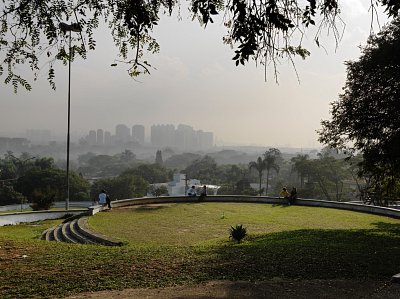 Praça Coronel Custódio Fernandes Pinheiros, 2011Praça Coronel Custódio Fernandes Pinheiros, 2011
Praça Coronel Custódio Fernandes Pinheiros, 2011Praça Coronel Custódio Fernandes Pinheiros, 2011
pigment ink on cotton paper, 108 × 144 cm
edition of 7 + 2 AP -
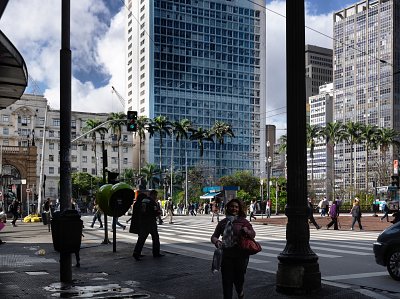 Praça Ramos, 2011Praça Ramos, 2011
Praça Ramos, 2011Praça Ramos, 2011
pigment ink on cotton paper, 108 × 144 cm
edition of 7 + 2 AP -
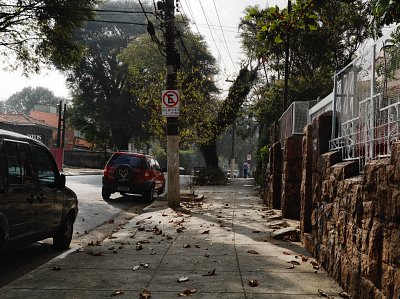 Rua Alberto Faria, 2011Rua Alberto Faria, 2011
Rua Alberto Faria, 2011Rua Alberto Faria, 2011
pigment ink on cotton paper, 108 × 144 cm
edition of 7 + 2 AP -
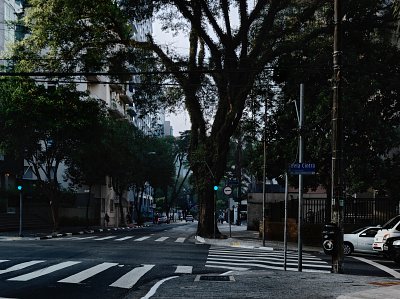 Rua Bela Cintra, 2011Rua Bela Cintra, 2011
Rua Bela Cintra, 2011Rua Bela Cintra, 2011
pigment ink on cotton paper, 108 × 144 cm
edition of 7 + 2 AP -
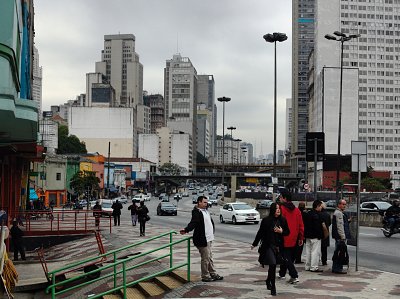 Rua da Consolação, 2011Rua da Consolação, 2011
Rua da Consolação, 2011Rua da Consolação, 2011
pigment ink on cotton paper, 108 × 144 cm
edition of 7 + 2 AP -
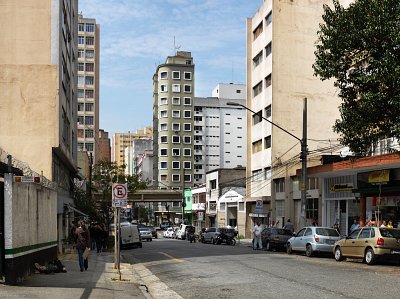 Rua Major Sertório, 2011Rua Major Sertório, 2011
Rua Major Sertório, 2011Rua Major Sertório, 2011
pigment ink on cotton paper, 108 × 144 cm
edition of 7 + 2 AP -
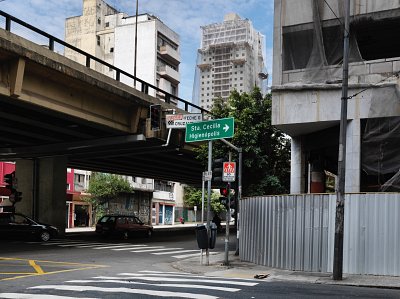 Rua Marquês de Itu, 2011Rua Marquês de Itu, 2011
Rua Marquês de Itu, 2011Rua Marquês de Itu, 2011
pigment ink on cotton paper, 108 × 144 cm
edition of 7 + 2 AP -
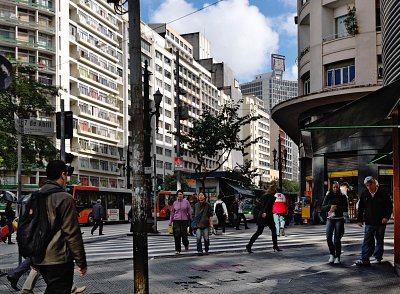 Rua Sete de Abril, 2011Rua Sete de Abril, 2011
Rua Sete de Abril, 2011Rua Sete de Abril, 2011
pigment ink on cotton paper, 108 × 144 cm
edition of 7 + 2 AP -
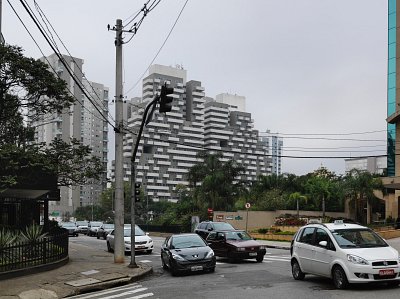 Rua Vergueiro, 2011Rua Vergueiro, 2011
Rua Vergueiro, 2011Rua Vergueiro, 2011
pigment ink on cotton paper, 108 × 144 cm
edition of 7 + 2 AP -
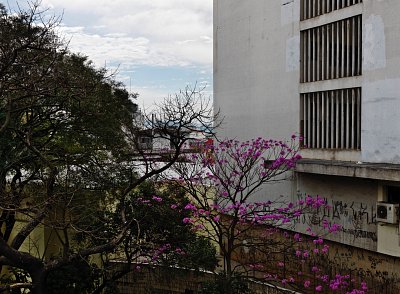 Via Elevada Presidente Artur da Costa e Silva, 2011Via Elevada Presidente Artur da Costa e Silva, 2011
Via Elevada Presidente Artur da Costa e Silva, 2011Via Elevada Presidente Artur da Costa e Silva, 2011
pigment ink on cotton paper, 108 × 144 cm
edition of 7 + 2 AP -
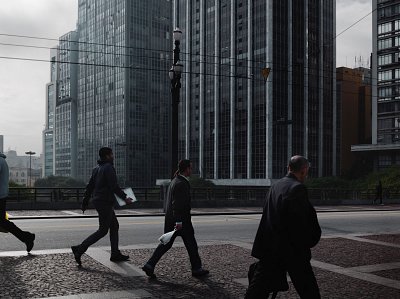 Viaduto do Chá, 2011Viaduto do Chá, 2011
Viaduto do Chá, 2011Viaduto do Chá, 2011
pigment ink on cotton paper, 108 × 144 cm
edition of 7 + 2 AP -
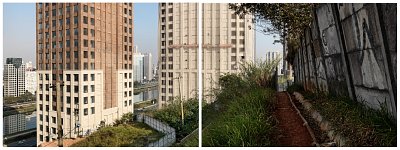 Avenida das Nações Unidas, 2011Avenida das Nações Unidas, 2011
Avenida das Nações Unidas, 2011Avenida das Nações Unidas, 2011
pigment ink on cotton paper, 2 parts: each 108 × 144 cm
edition of 7 + 2 AP
In 2010 Tillim has been photographing the landscape in French Polynesia. He was drawn to this landscape that has been continuously sketched – and later photographed – since Captain James Cook’s voyages in the late 18th century, perhaps because it almost eludes convincing representation. In reading the accounts of the artists who accompanied Cook, Tillim was interested to note that their debates on-board ship around the subject of the representation of landscape are very similar to those we have today: how much do you ‘give’ a scene and how much do you let it speak for itself? In this regard, he explains his own difficulties in finding a way through this binary because of our strongly conditioned notions of the frame and the picturesque:
In making photographs of the landscape, I have to confront the difficulty of actually seeing the landscape. It’s a space that changes its face with a glance or a ghost of a thought. Perhaps there is a way of creating a sort of enhanced participation of a viewer moving through the space of this possible image where various elements are neither obvious nor not obvious. The impulse to convey vista and unknowability in relation to my insignificance in the scene is almost overwhelming. When I lift the lens to my eye, I hesitate. Perhaps we look for certitude in clichés, those motifs often inappropriately used in describing landscape, that tend to isolate some elements to the negation of others. Perhaps the scene is only beautiful when all the elements are palpably part of the whole. A political position – here is a bulldozer or a filthy gutter in paradise – is untenable.
So I return to what seem like some basic principles, and invariably the clichés. There are obvious ways to convey the components of the scene: either through detail or monumentality. But what of that which lies in-between, the indeterminate space that conveys the texture of the place, its feeling, its sensation, its quotidian elements alongside the spectacular? I think there isn’t an answer, because in and of itself each scene is a place of meditation, of emptiness. It provides its own context because in a certain way of looking it cannot be anywhere else. What is photographed? Nothing, and everything, when you have no desire to leave the frame.
The second half of Tillim’s Second Nature was taken in São Paulo in 2011. In many respects, these images of the contested urban terrain of a megalopolis appear to be the antithesis of the Polynesian landscapes of the first half of the series, with their reverence for nature and awareness of the elements of water, wind and light. Yet, on closer looking, it becomes clear that Tillim is seeing and perceiving the landscape of these two strongly contrasting places in the same way. In all these images he does not offer the conventional point of focus or easily identifiable subject that is the standard premise for photography; instead, he gives equal treatment to the many elements that comprise an image. A person walking is not more important than a signpost, or a sculptural tree, or a zebra crossing, or a strange building; the eye roves across the image and is entertained by these identifiable aspects but never halts and concludes that this element is the reason for the image. As a result, one is never sure what is actually being photographed, yet one’s eye remains engaged and active within the frame of the image. The paradox that Tillim is photographing nothing yet everything, and that he conflates the notions of subject and object, reminds us that the premise for the Second Nature series is not the qualities of the landscapes of Polynesia or São Paulo, but the way we perceive them.